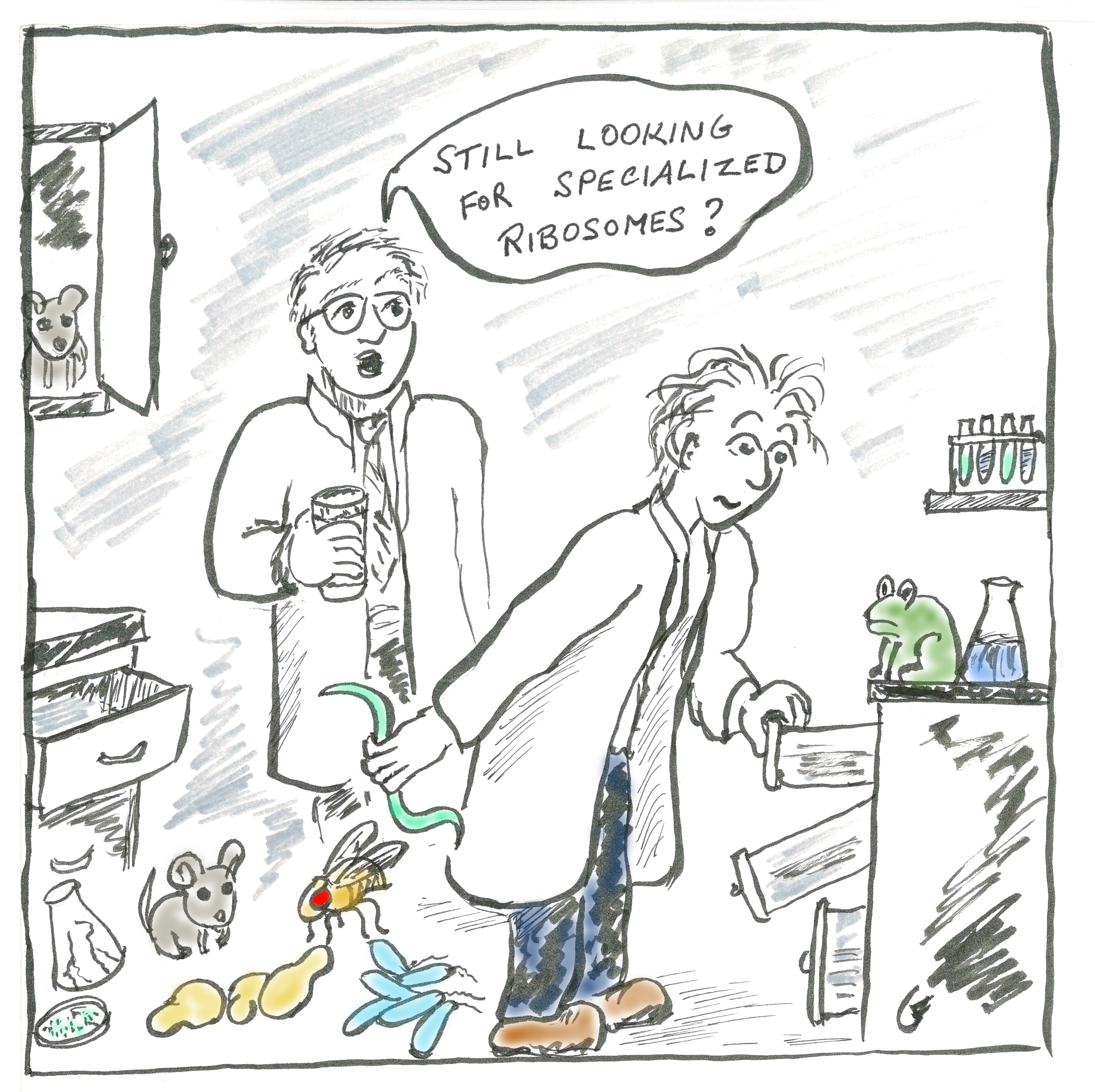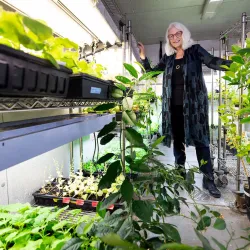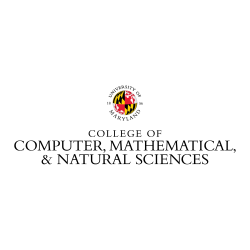Cartoon Brings a Little Levity to a Weighty Subject
When a UMD researcher was asked to comment on an important finding, he turned to a staff member in the college’s dean’s office for a humorous illustration to liven up his message
Jonathan Dinman, professor and chair of the University of Maryland’s Department of Cell Biology and Molecular Genetics, spends his days contemplating the molecular mechanisms behind gene expression. But he recently turned to gene expression of a different sort to help him illustrate his musings: artistic expression by cartoonist Gene Ferrick (B.A. ’84, radio/TV/film).
Ferrick is director of operations for UMD’s College of Computer, Mathematical, and Natural Sciences. He is also a former cartoonist for the university’s student newspaper, The Diamondback. That was a well-kept secret in the college until his talents reemerged this week as accompaniment to an article Dinman published in the journal Developmental Cell.
“It’s been a long time since I’ve done a cartoon,” Ferrick said, “but it was fun to do, and I enjoyed working with Jon.”
The cartoon featured in Developmental Cell is meant to bring a little levity to Dinman’s preview article that discusses research by Nobel laureate Andrew Fire of the Stanford University School of Medicine. Fire’s study provides partial resolution to a longstanding scientific debate about whether or not ribosomes—the molecular machines that translate genetic code into proteins—are sometimes specialized to code for specific genes.
“This idea that there are specialized ribosomes has fallen in and out of favor over the past 55 years and has recently become the center of a heated debate,” Dinman said. “I get asked to comment on research into this question because I don’t have a dog in the fight.”
Dinman became the go-to guy for research on the subject when he presented a talk in 2016 at a scientific meeting that framed the issue in evolutionary terms.
“I laid out two evolutionary arguments for why it would make sense for specialized ribosomes to exist,” Dinman said, “but to demonstrate that, you have to match the specialized ribosome to the associated specialized messenger RNA.”
Dinman turned his talk into a paper that was published in the Journal of Molecular Biology, and it cast him as a neutral authority in the debate.
Dinman was impressed by Fire’s new study, which looked for evidence of specialized ribosomes in C. elegans, a nematode worm that is often used as a model organism for biologists. By manipulating the ribosomal makeup of C. elegans embryos, Fire and his colleagues showed that C. elegans is able to develop to the first larval stage with only ribosomes received from a mother, even when the ability to make new ribosomes is blocked.
According to Dinman, if specialized ribosomes existed—meaning some ribosomes have specialized functions—they would have to be inherited exclusively from the mother and somehow segregate into new cells as an embryo develops. That would be highly unlikely, and Dinman believes the simplest answer is that there are no specialized ribosomes, at least through embryonic development in this worm.
“This work seems to settle the question, at least for part of the life cycle of C. elegans,” Dinman said.
When the editors asked him to write a preview of the paper, he didn’t want to submit a standard illustration.
“I was bored with the idea of a basic scientific graphic,” Dinman said. “I decided to go with a cartoon and they went for it.”
Ferrick’s drawing shows a scientist in his laboratory locking eyes with a frog on the benchtop. Drawers lay open and askew, and the remnants of a futile search lay scattered around the scientist. The caption reads: “Having searched for specialized ribosomes in mice, flies, yeast, bacteria, and most recently in worms, Bob casts his gaze toward Xenopus.”
The name Bob is a meme based on the “Far Side” comics, a favorite of scientists, and Xenopus is a genus of African frog that, like C.elegans, is often used as a model organism for biological experiments.
You can see a sample of Ferrick's comic published in The Diamondback here.
###
In addition to Dinman, the preview article was authored by Eric Haag, a professor of biology at UMD who provided expertise on the complexities of worm genetics. Haag also reviewed a second paper by Fire in the same journal issue, a method paper describing the techniques used to support Fire’s study.
The preview paper with cartoon, “Still Searching for Specialized Ribosomes,” Eric Haag and Jonathan D. Dinman, was published in the journal Developmental Cell on March 25, 2019.
Writer: Kimbra Cutlip
Media Relations Contact: Abby Robinson, 301-405-5845, abbyr@umd.edu
University of Maryland
College of Computer, Mathematical, and Natural Sciences
2300 Symons Hall
College Park, Md. 20742
www.cmns.umd.edu
@UMDscience
About the College of Computer, Mathematical, and Natural Sciences
The College of Computer, Mathematical, and Natural Sciences at the University of Maryland educates more than 9,000 future scientific leaders in its undergraduate and graduate programs each year. The college's 10 departments and more than a dozen interdisciplinary research centers foster scientific discovery with annual sponsored research funding exceeding $175 million.








